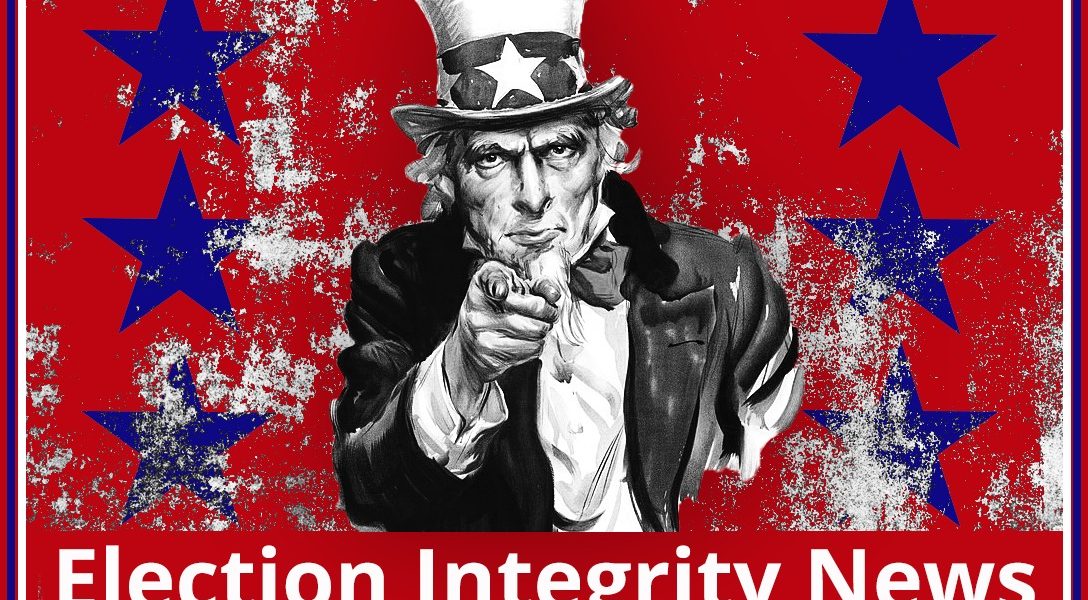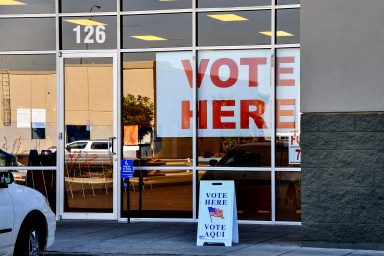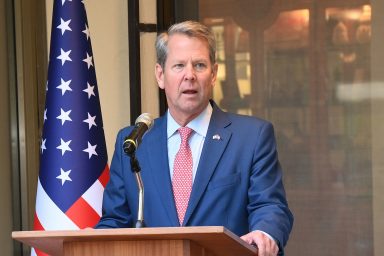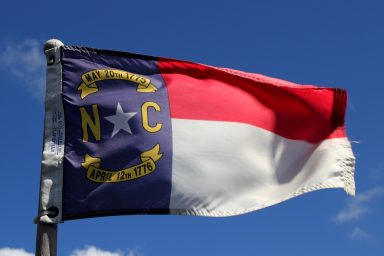Data suggests that next week’s midterm elections may have a historically high voter turnout. However, analysis also reveals a troubling trend in the number of poll closures.
The 2018 midterm election is exactly one week away, and voter turnout is expected to be historically high.
While only 36.4 percent of eligible voters cast a ballot four years ago, which was the lowest midterm turnout since 1942, participation is expected to surge this year.
Some projections predict that up to 45-50 percent of eligible voters will cast a vote — which would be the highest turnout in a midterm election since 1970.
However, many voters will find that there are fewer polling places than in previous years, especially in urban and minority precincts.
New analysis by USA Today’s Mark Nichols explores a troubling trend. Urban counties have lost an average of seven polling locations and 200 poll workers between 2012 and 2016. Over the same period, counties where more than 90 percent of the population is white lost only an average of two polling locations and two poll workers.
In addition, some of the hardest-hit counties are huge population centers with a significant minority populace. Cook County (Chicago) closed or moved 95 polling locations, Los Angeles closed 88 polling locations, and Harris County (Houston) closed 27 polling locations.
“The impact of the disappearing and merging voting locations is more likely to challenge voters in urban counties, where more people are poor and are less likely to have vehicles to get themselves to a polling place outside their neighborhood on Election Day,” Nichols writes.
The recent spike in polling location closures is part of an uglier, growing trend. According to the Leadership Conference Education Fund (LCEF), a Washington think tank, polling locations have been closing on a massive scale. Of the 381 counties the LCEF examined, 165 of them (or 43 percent) have reduced voting locations since 2013.
Pew notes that since the Shelby County v. Holder decision (for a Shelby primer please go here), almost a thousand polling locations have been closed, with “many of them in southern black communities.”
Reducing polling locations creates more problems than just the headache of waiting in line. Longer lines decrease turnout and dissuade would-be voters from casting a ballot. Even changing a voting location, let alone eliminating it, can lower turnout.
The solution to this needless problem is straightforward: reduce recent budget cuts that limit the number of polling locations; increase efforts to offer absentee and early voting; and increase federal oversight of suspicious voting practices by passing one of two bipartisan bills, the Voting Rights Amendment Act or the Voting Rights Advancement Act.



